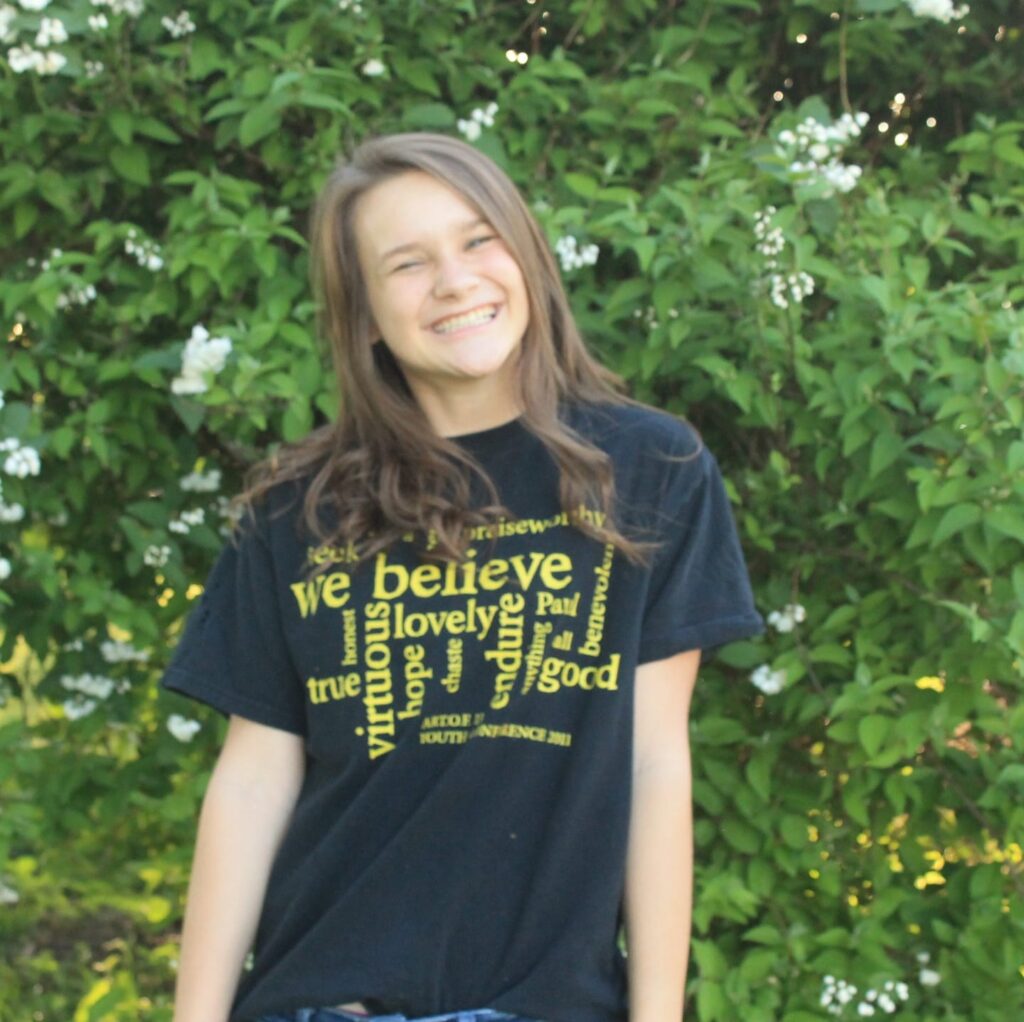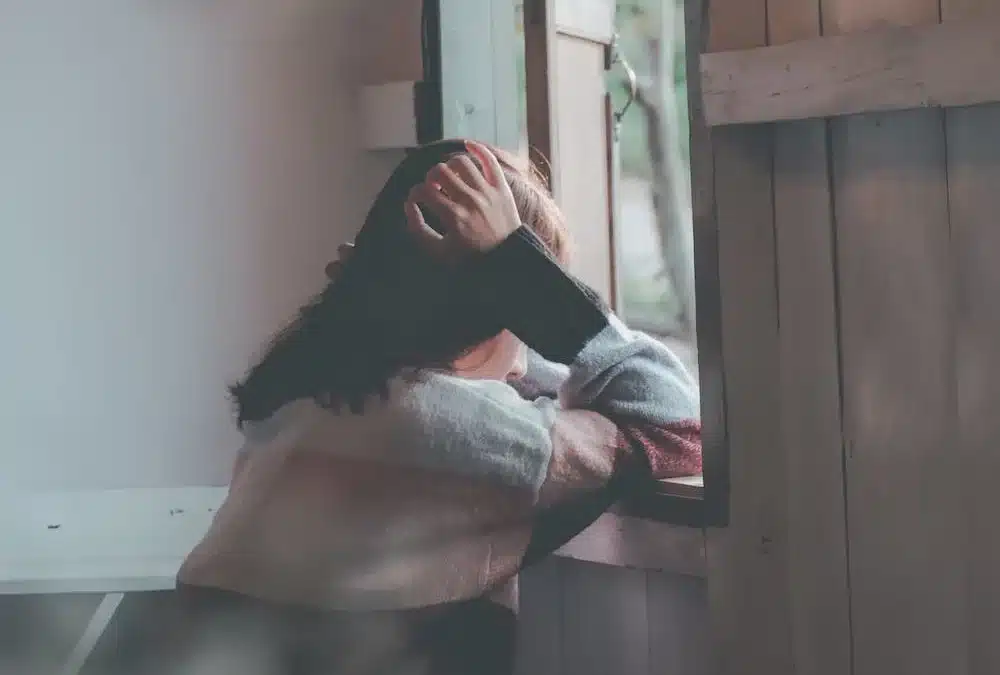October 26, 2022
by Alexis Goodman
Part 1 of 3
A wise friend of mine once said, “Before we can ever know the how, we must first understand the why.” So, to put some pressure on this theory, we are going to adapt it to a real-life issue occurring around the world. Before we can understand the how’s of abortion, we must first understand the why’s of women choosing that route.
Why do women choose abortion?
There are so many reasons, and over the years, those reasons have seen little variation. In 1988, they looked very similar to today. A survey of abortion patients found three-quarters stated becoming a mother would interfere with work, school, or other responsibilities. Another two-thirds would go on to mark that they could not handle being a single parent, were in a bad relationship with their partner, or they could not afford the financial costs of a child.
An article released in June of 2022 explained similar motivations with a few new incomers. They recited: a baby would interfere with life plans, too much responsibility, no support system, not in possession of the financial means for raising a child, sexually assaulted, or simply do not want a child.
Another study published in 2013 provided further statistics as to the reasons women receive abortions. Of the 954 women observed, 40% sought an abortion due to financial issues, 36% cited having a child at that point in their life was bad timing, 31% aborted because of their partner, and 29% wanted to be able to focus on their other children. More than half of these women, 64%, claimed multiple of these causes as their motivations.
The demographics of these women
In 2022, Pew Research updated their data about abortion in the U.S. Of the women who had abortions, 57% were in their 20s and 31% were in their 30s. Teenagers only filled 9% of the reported abortions in the U.S. Unmarried women accounted for 85% of abortions. Those who make up these abortion statistics are comprised of 38% black, 33% white, and 21% Hispanic women. The black percentage is particularly interesting considering they only make up 14.2% of the population as of 2020.
The startling truth is that 75% of these women come from poor or low-income housing and 59% have other children. The large majority of them identify with a religion. So many of these women come from areas with low prospects and even lower hopes for being able to raise a child in their circumstances.
Voices of desperation
A multitude of testimonies can be found from women who have experienced abortion firsthand, from both pro-life groups and pro-choice group. Some women feel it so necessary to get their story out and the reasonings behind their choice to abort, while others feel no reasoning is needed. Below are some testimonials to give perspective as to the pain, fear, and confusion these women experience.
Reasons U.S. Women Have Abortions: Quantitative and Qualitative Perspectives
“I am on my own, and financially and mentally, I can’t stand it now. That is one whole reason….It’s a sin to bring the child here and not be able to provide for it….This is just in the best interest for me and the children—no, my children and this child.”—19-year-old with three children, below the poverty line
“I have three kids already, and the guy that I was living with, he was, you know, doing good as far as helping me, but he just went to jail….I am alone with three kids, and they are all I have. It’s hard….I am barely making it, you know, because it is…harder to get things,…you can’t get food, you know, you cannot get food stamps….I only get 50 [dollars] in food stamps [a month]….It is just too hard.”—22-year-old, below the poverty line
“I was 24 when I found out that I was pregnant – unplanned, unexpected and, at the time, completely unwanted. I wasn’t in any sort of stable relationship, had just started my first proper career job, had bought my first house (and had the associated large mortgage) and had rented out rooms to my friends who were expecting me to keep a roof over their heads – I could not have a baby… One of the biggest struggles I had during my pregnancy was with shame. In the rural community that I grew up in, pregnancy outside of being married was still a big talking point.” -Janine, 24-year-old in Northern Ireland
“I grew up in an ordinary family, the youngest of 12 children… When I was thirteen I started going out with a boy who was about 5 years my senior. I liked him and I thought he liked me but after a while one thing lead to another and I found myself in situations where I was too immature and scared to say no to him. After a while I broke up with the boy and then it was discovered I was pregnant. The shock, horror and scandal of it all was so overwhelming but by this time my clothes were already beginning to get tight. Scared and ashamed I didn’t feel I had any control or choice over what I was about to do next, led to believe that what I was carrying, wasn’t yet a baby. I was advised to act fast by people I trusted.” -Mandy, 48-year-old in Ireland
Your Abortions. Your Voices. Your Stories.
“I was in an abusive relationship, severely depressed, and in my first semester of law school…” -Anonymous, Michigan
“I couldn’t cope with disappointing my parents and knew if I had this child with this guy, I would be doing it all on my own.” -Anonymous, California
“It was 1971. I had just graduated from college. My only income came from making and selling paper mache puppets in Harvard Square.” -Jane, New York
Women in vulnerable situations
Understand that these women are facing very real-life issues. The simplicity of these answers do not reflect the complexity of their decisions, and cold statistics can in no way convey the raw emotion some women must feel like they are drowning in.
Introducing a child into the world can be a terrifying prospect, even with a supportive family and loving husband. To do it without any help from your partner, your family, or your friends would magnify the terror by a hundred-fold. Women who choose abortion or who choose life for their child are taking on a scary and intimidating road regardless. Feel compassion for them, but do not forget there are two sides to the story and another human body to consider in the equation.
____________________________________________________________________________________

Alexis Goodman was raised on a ranch in Dadeville, Missouri. She loves spending time with her husband, reading, hiking mountains, and learning new hobbies. She is currently a student at Brigham Young University-Idaho, where she is working to get a degree in Political Science with an emphasis on American Government.

